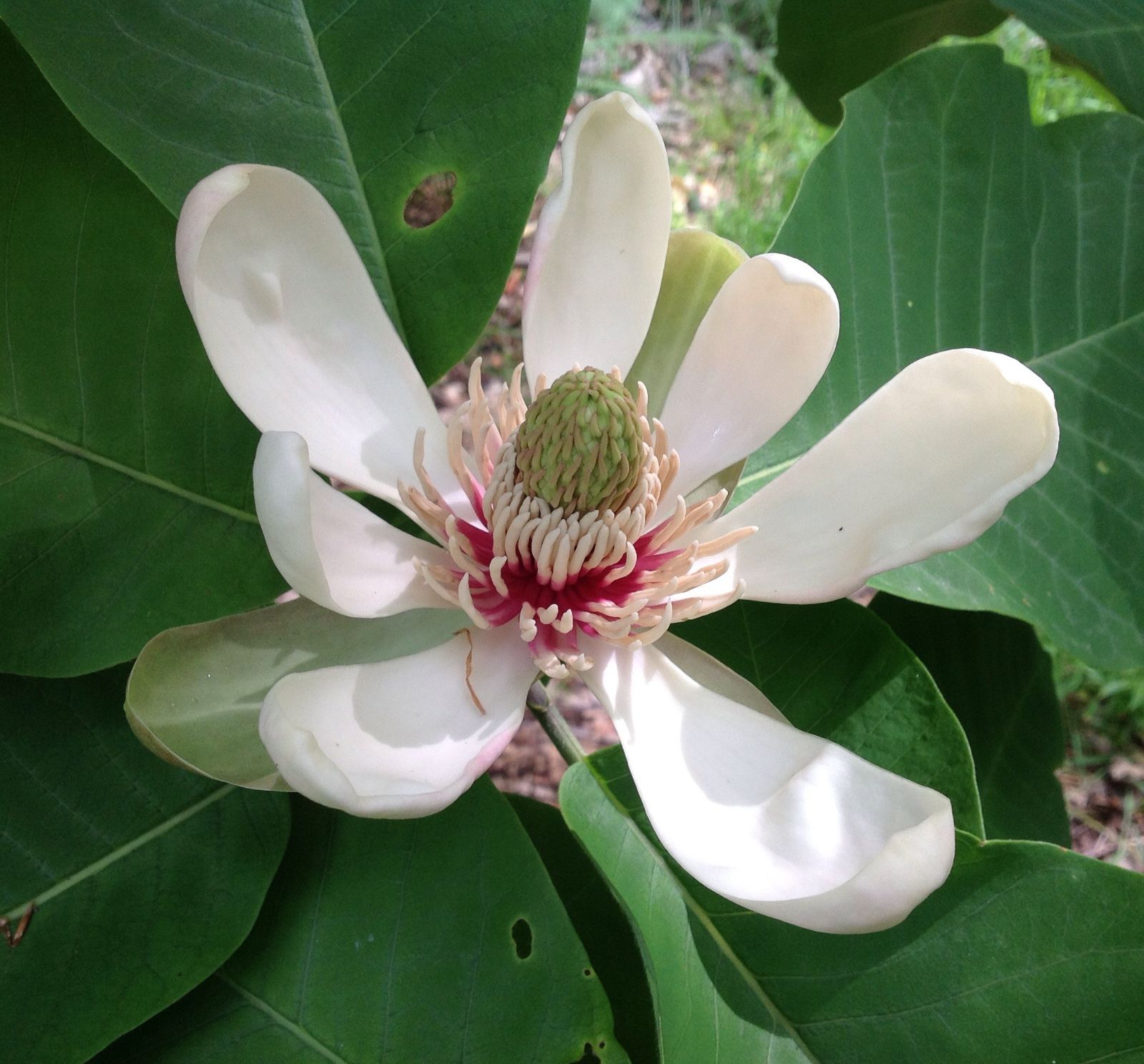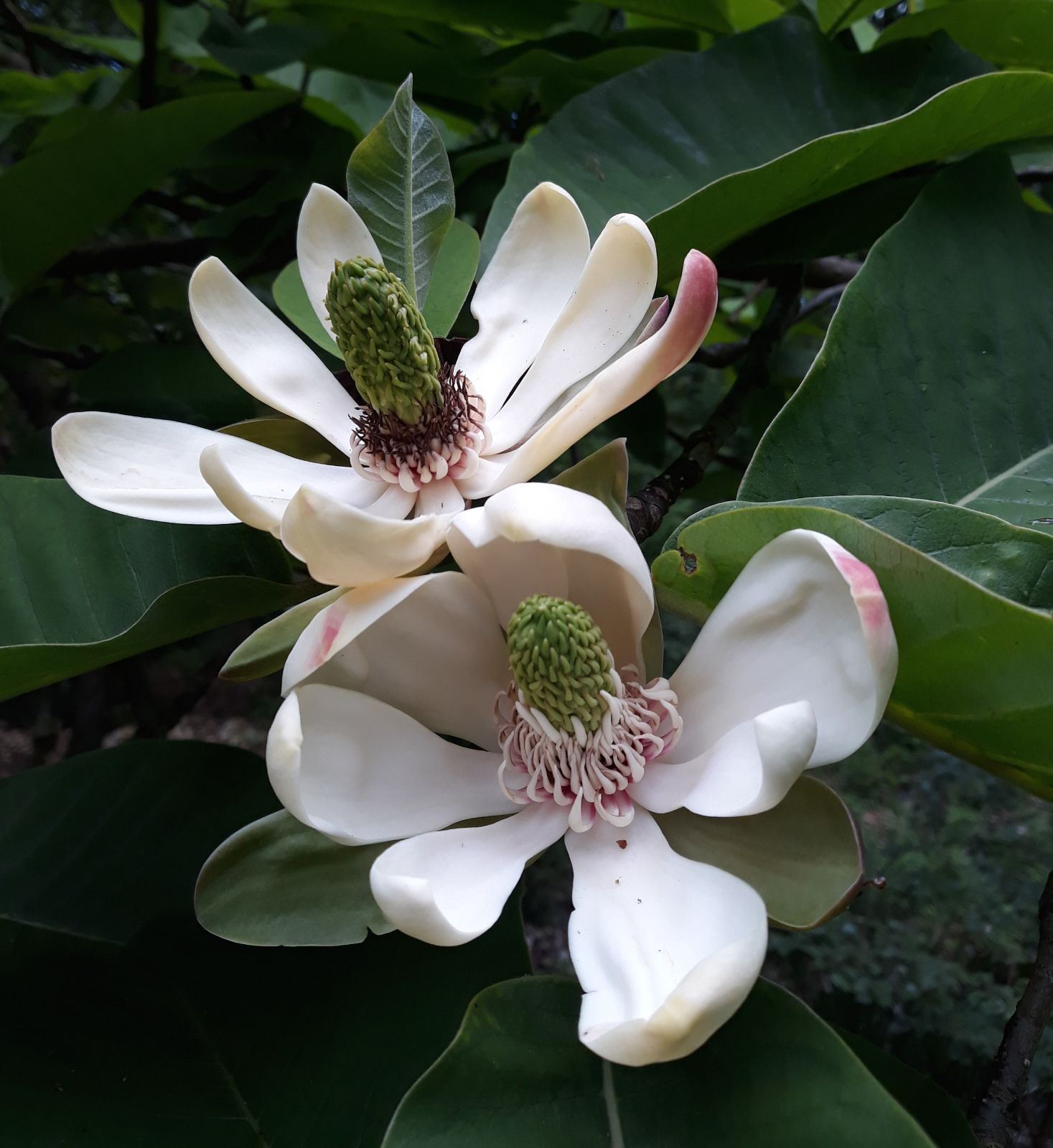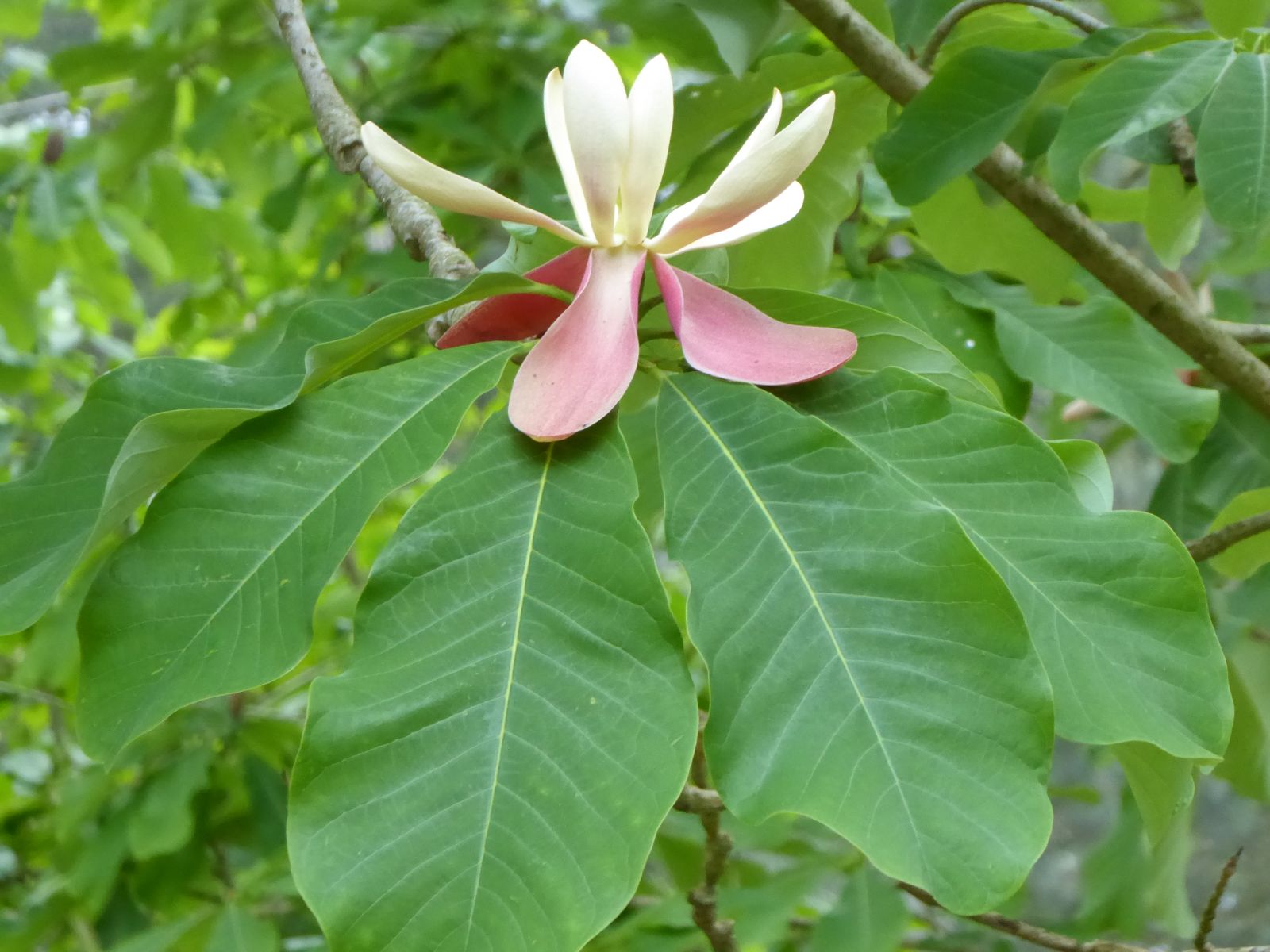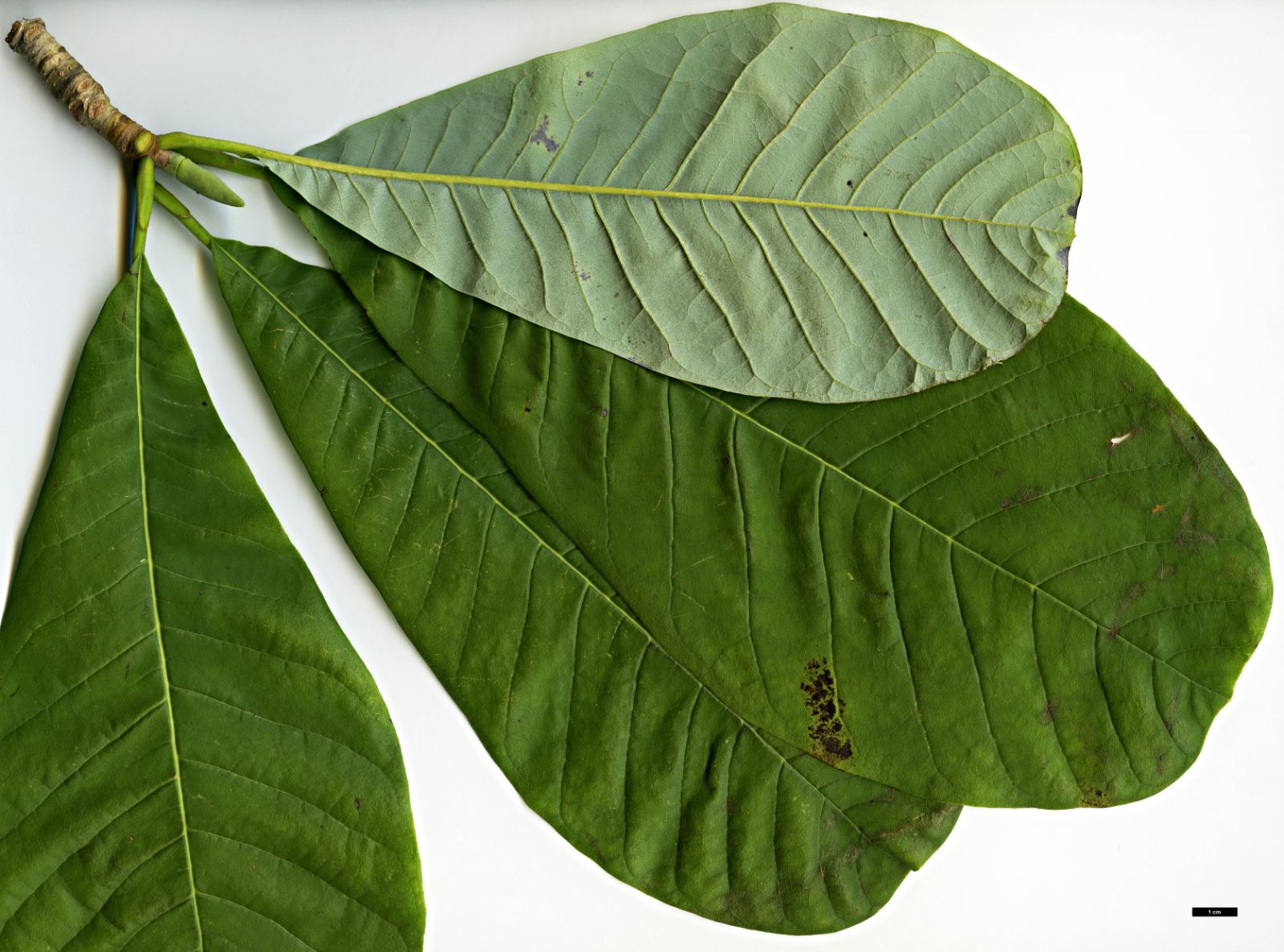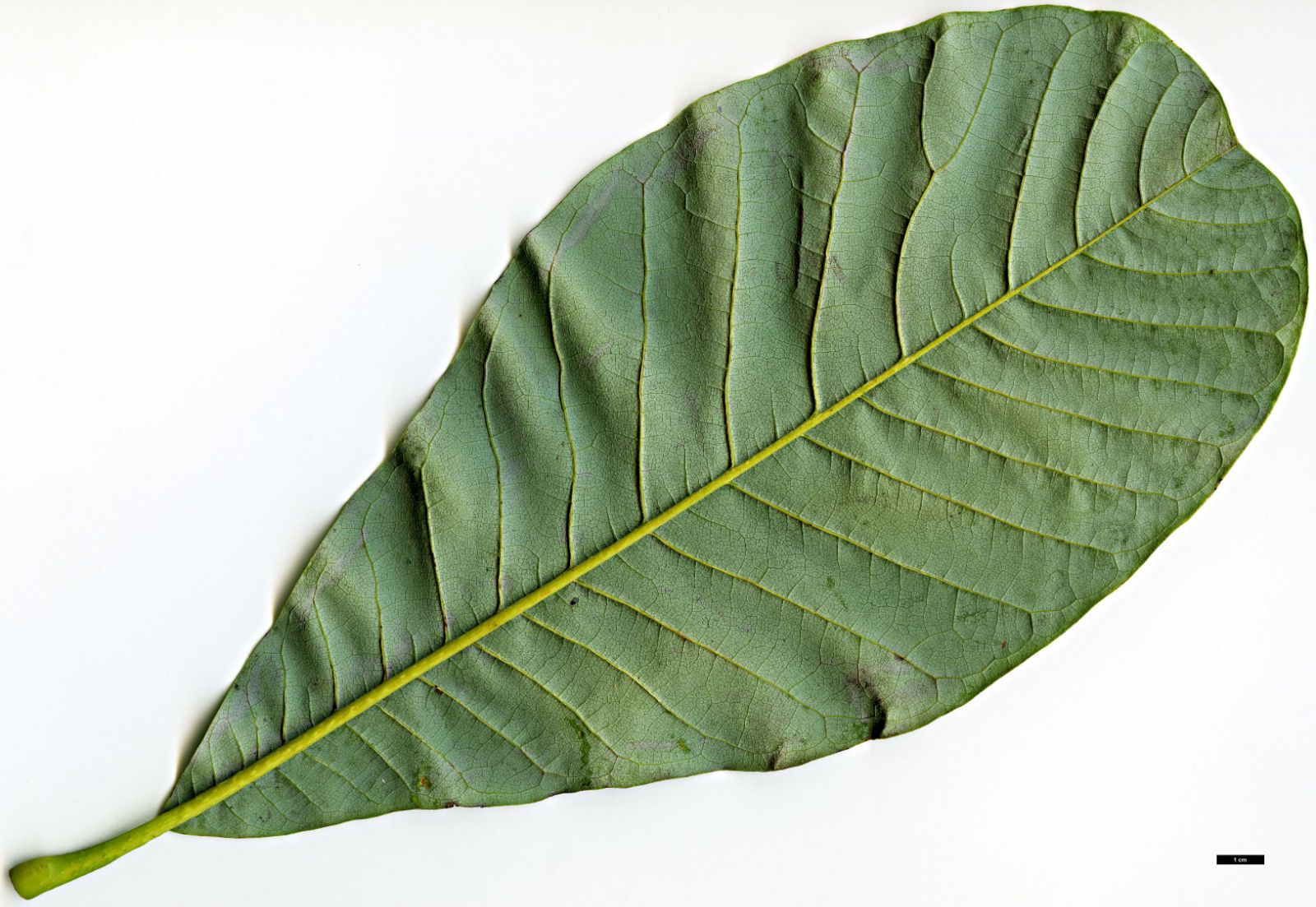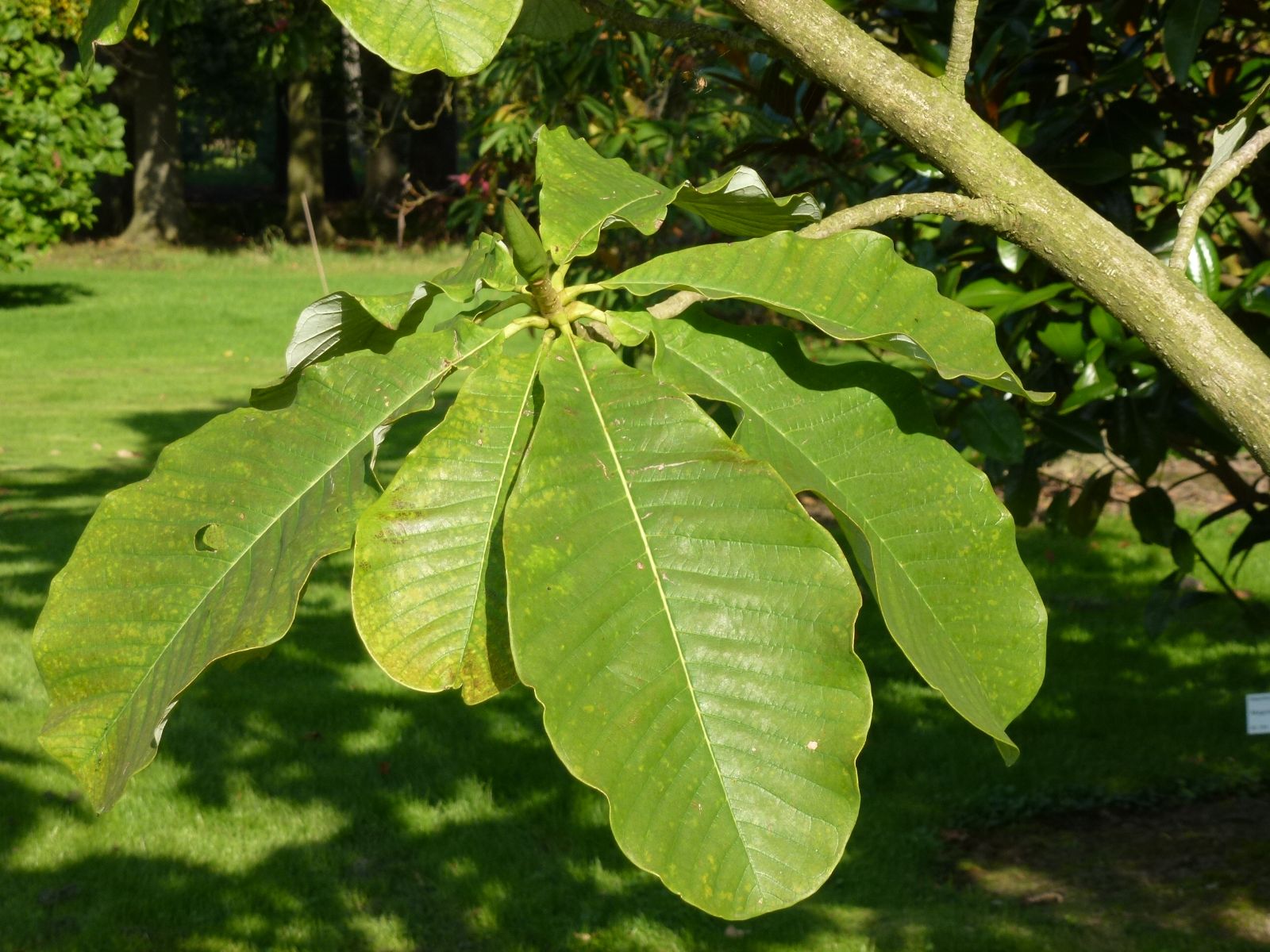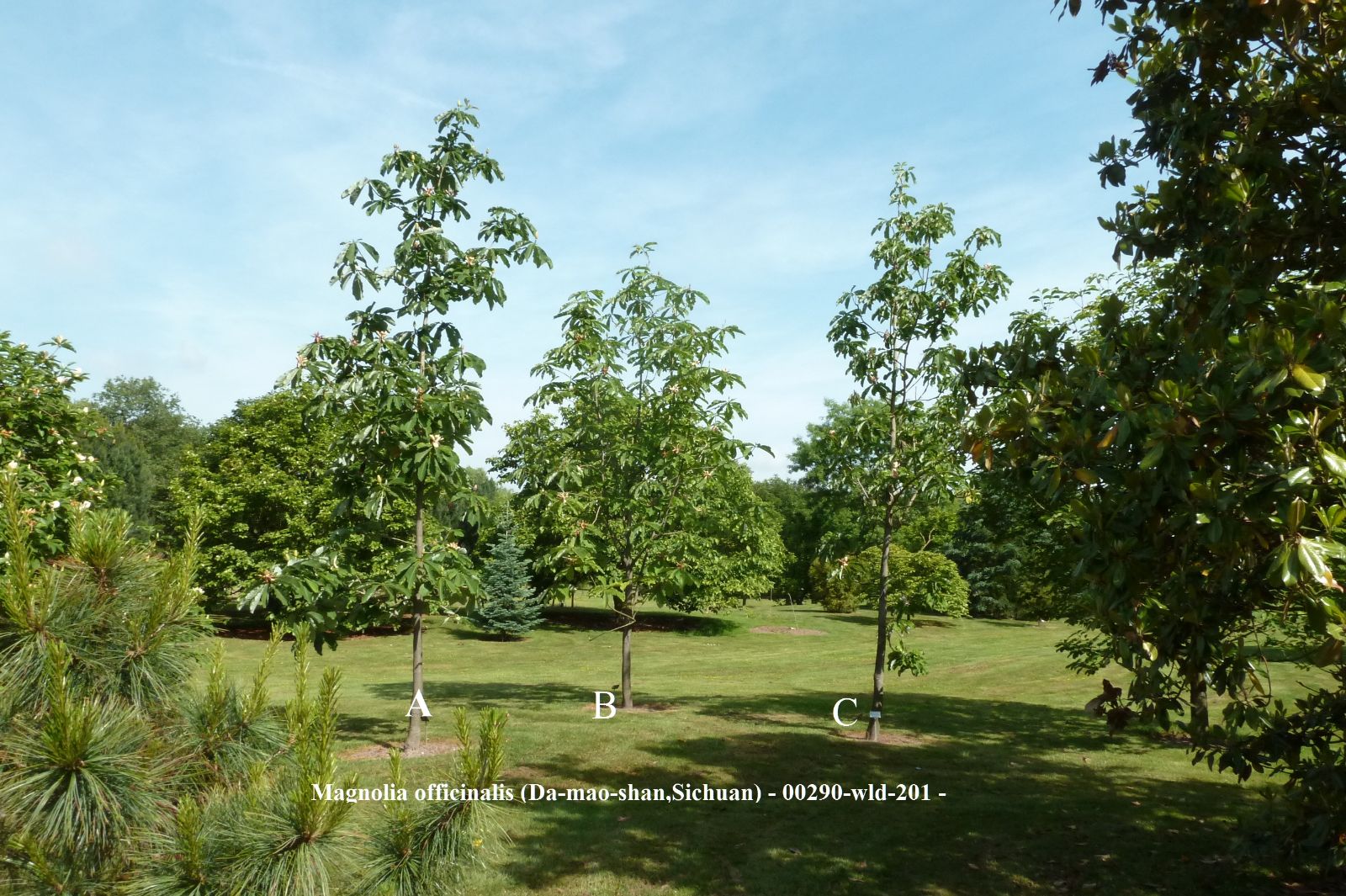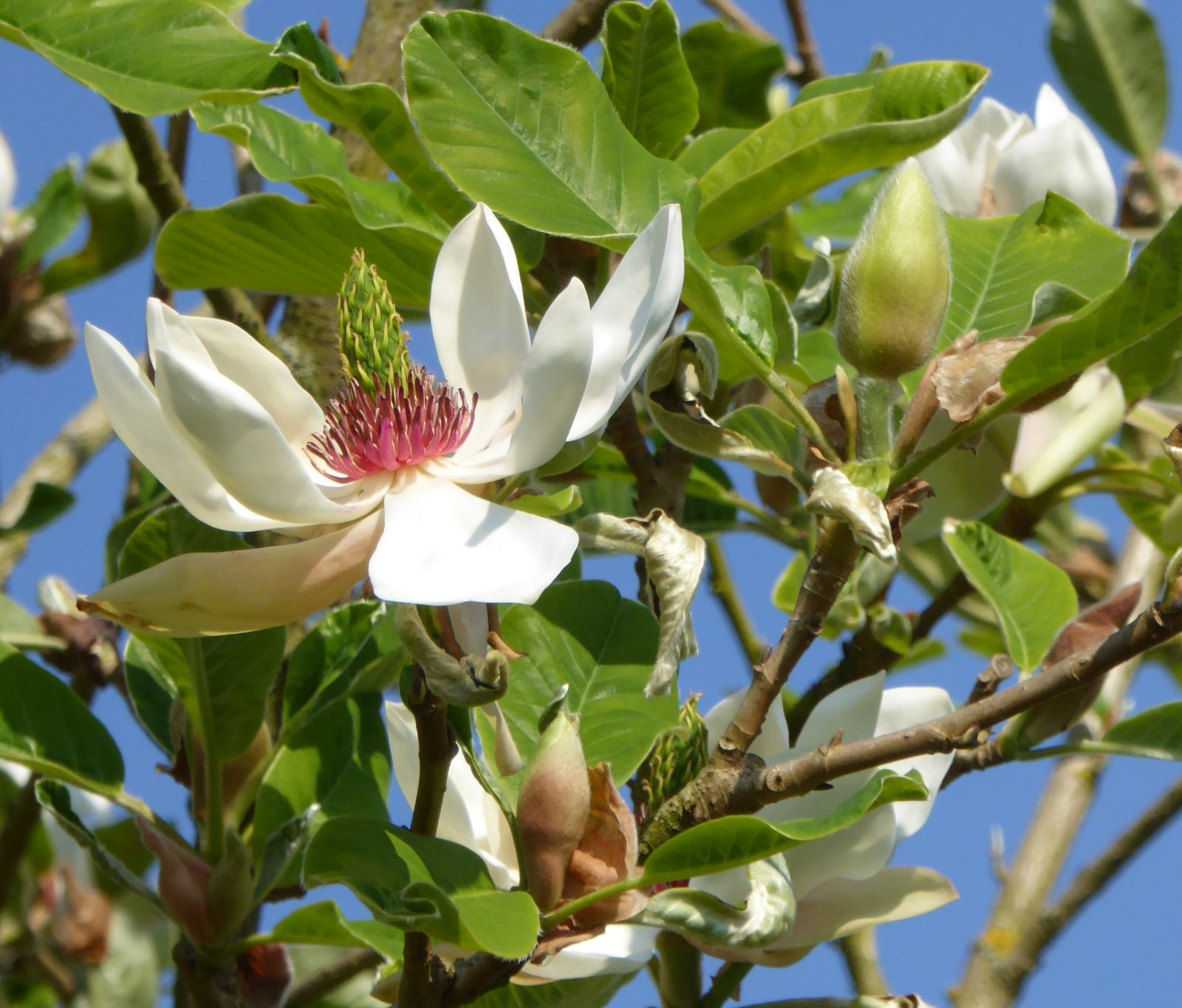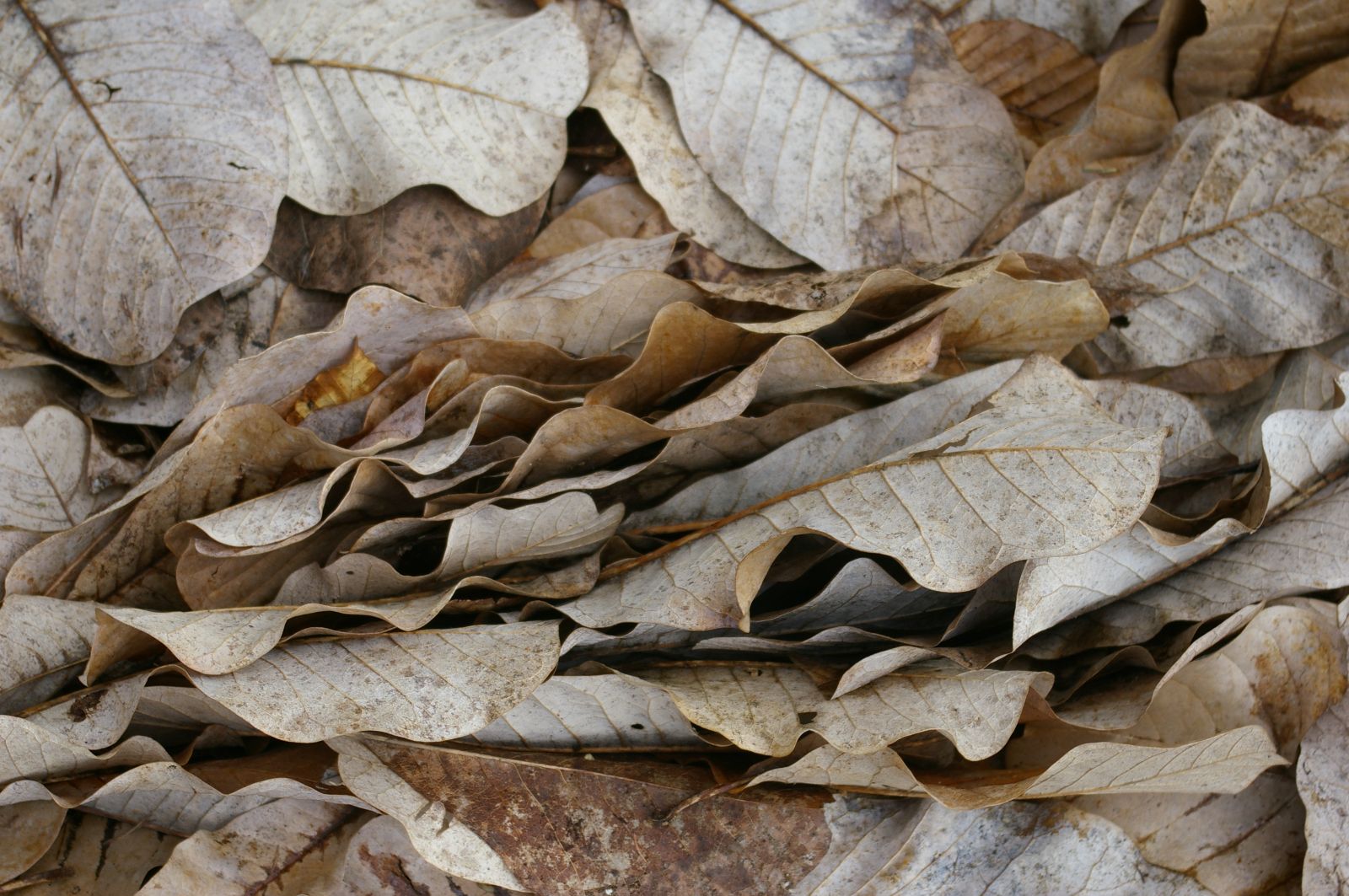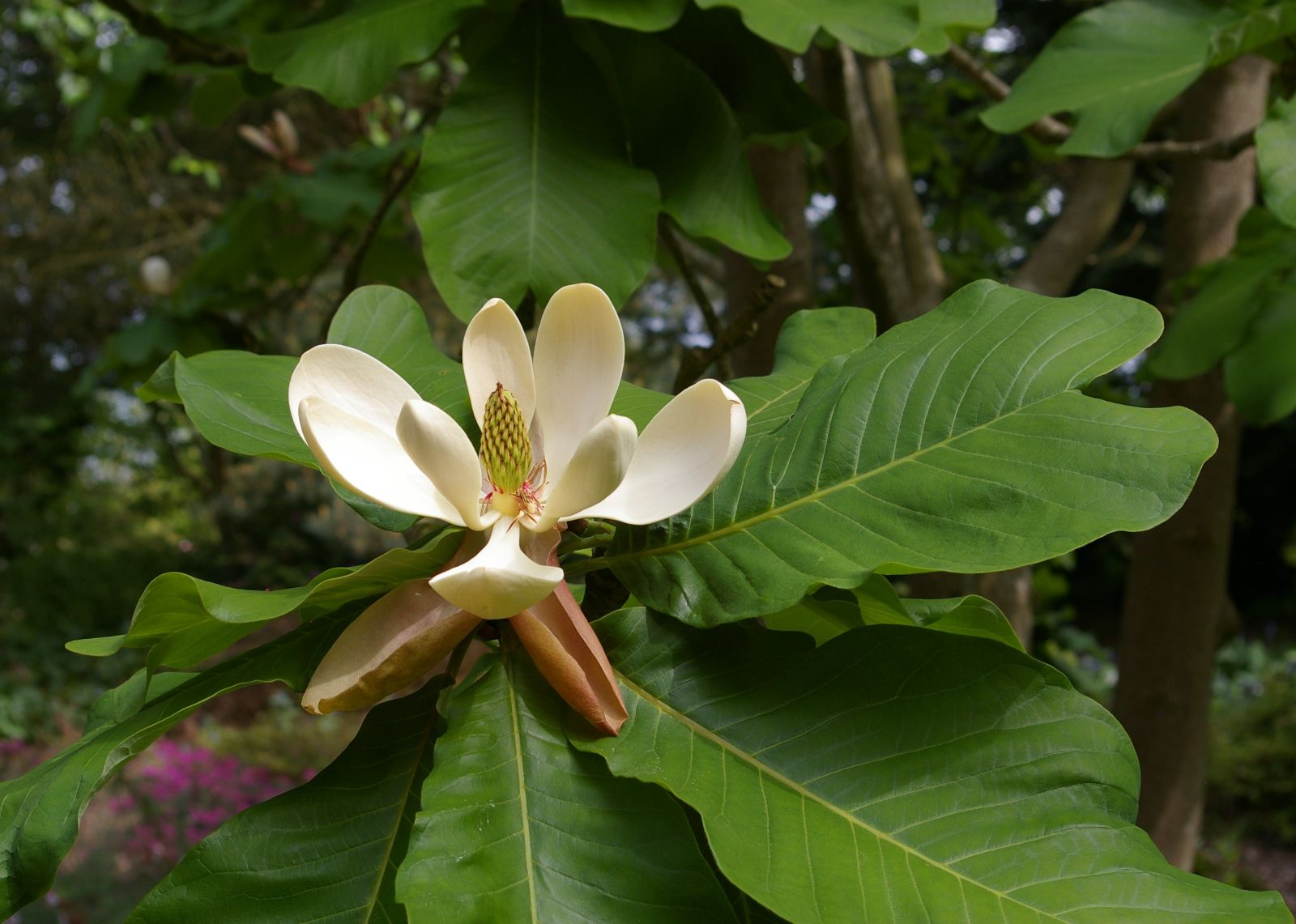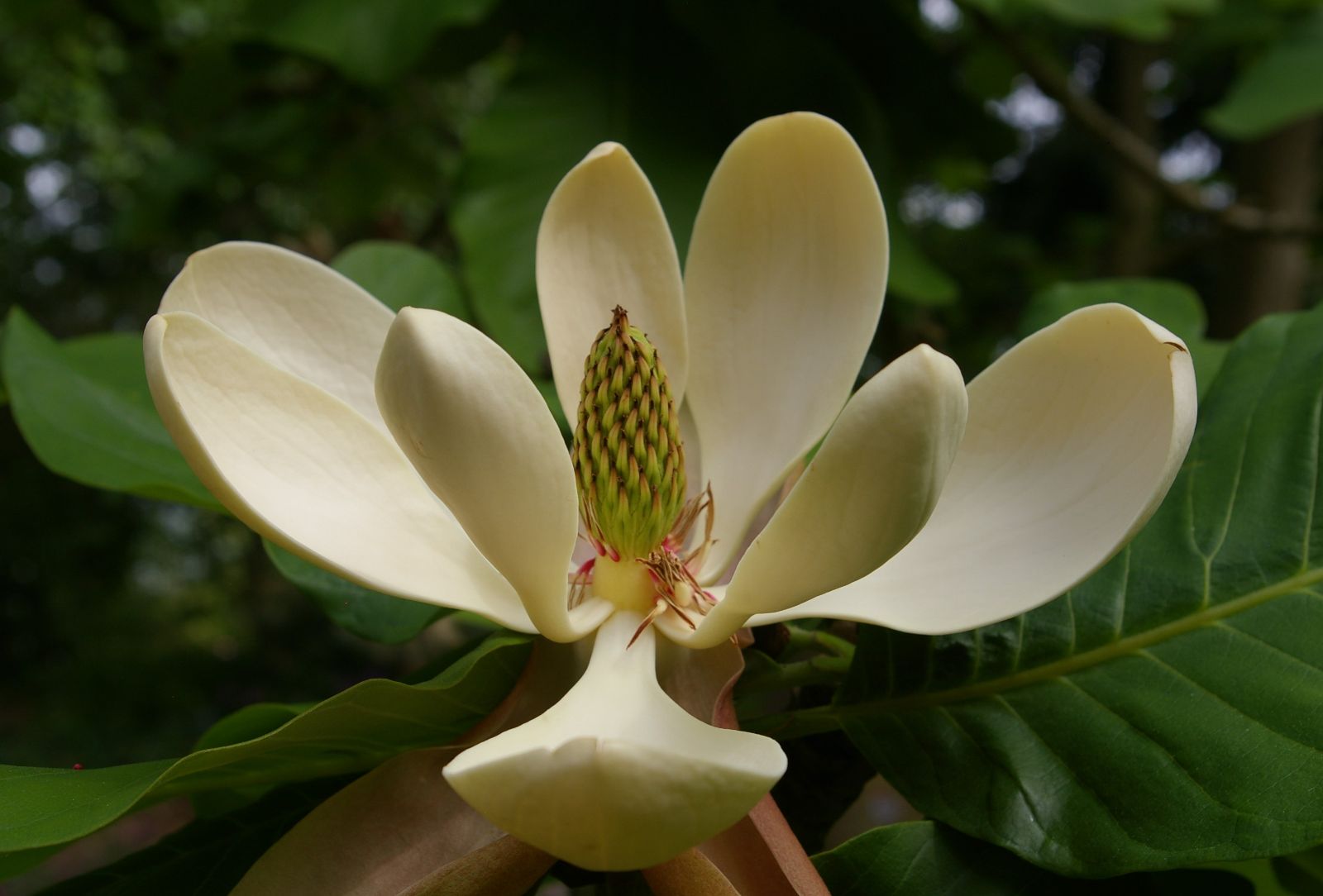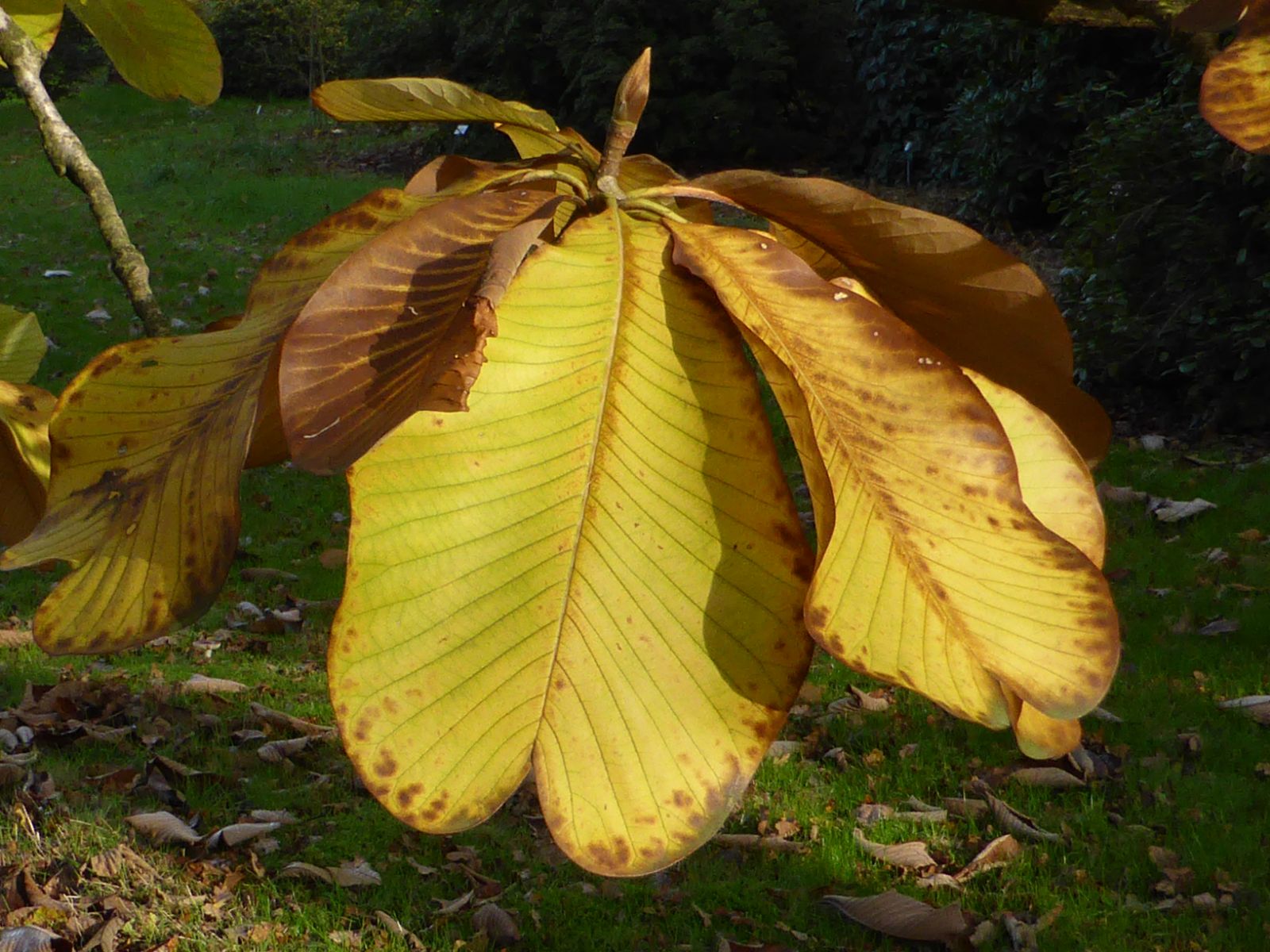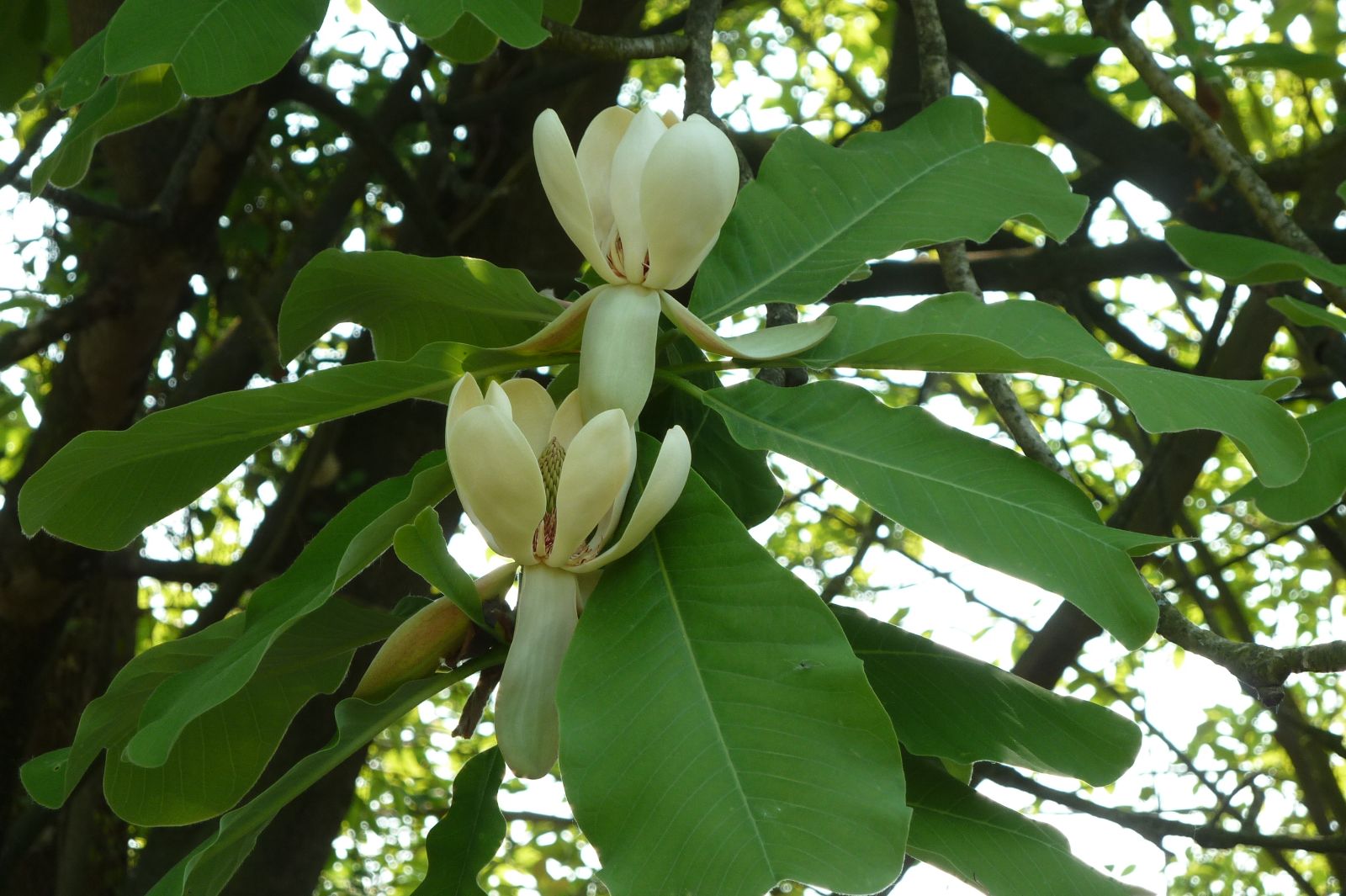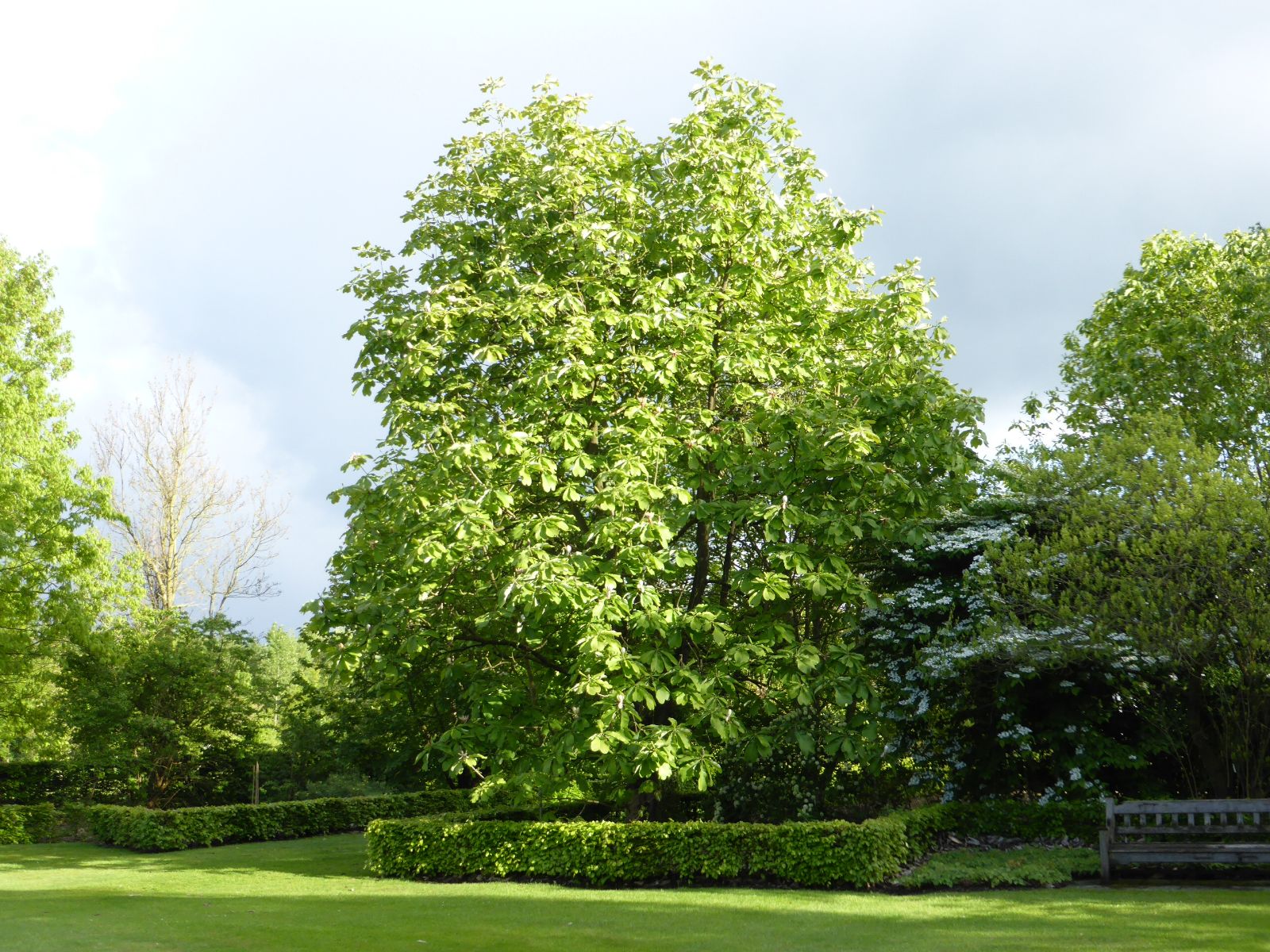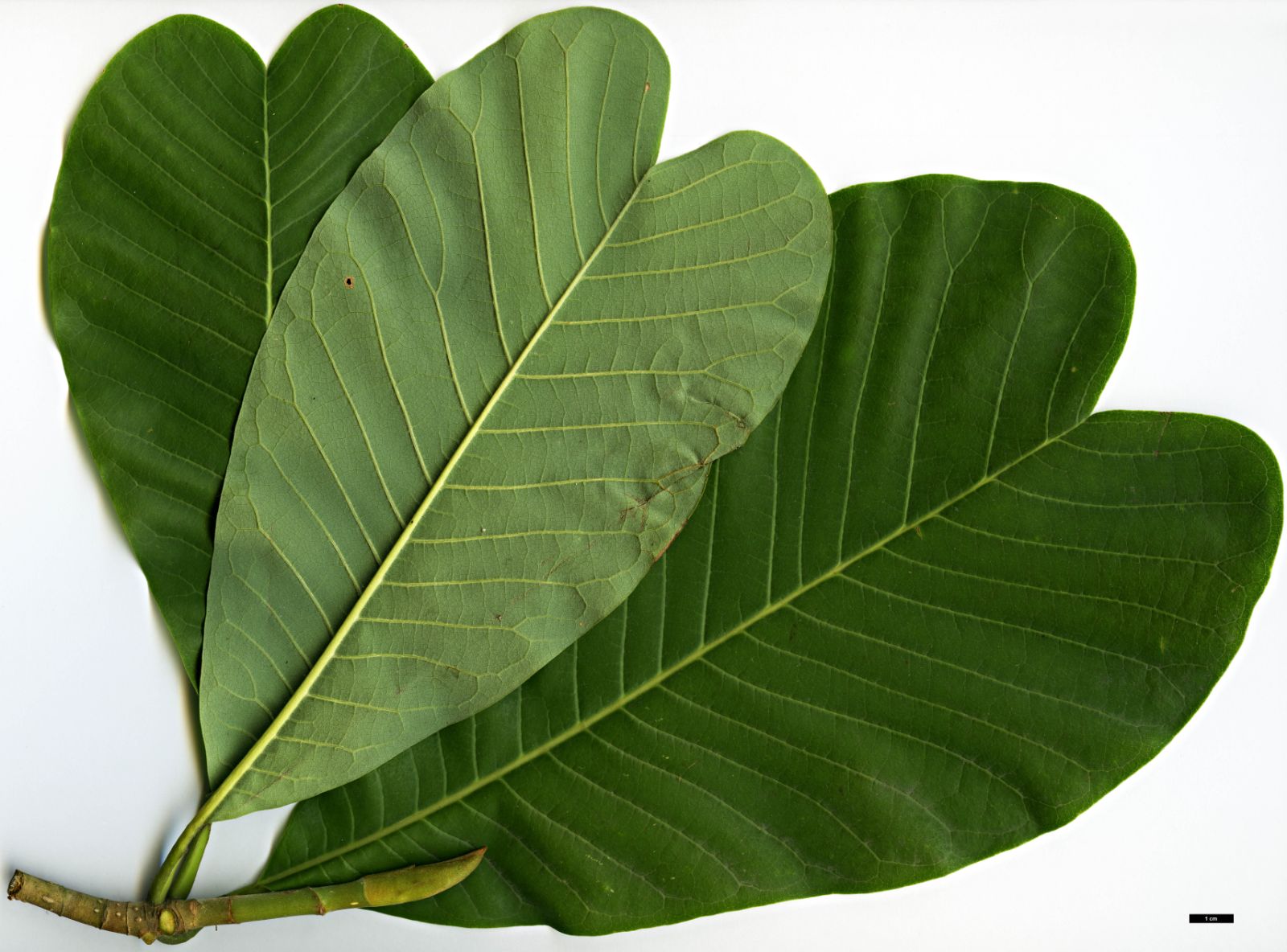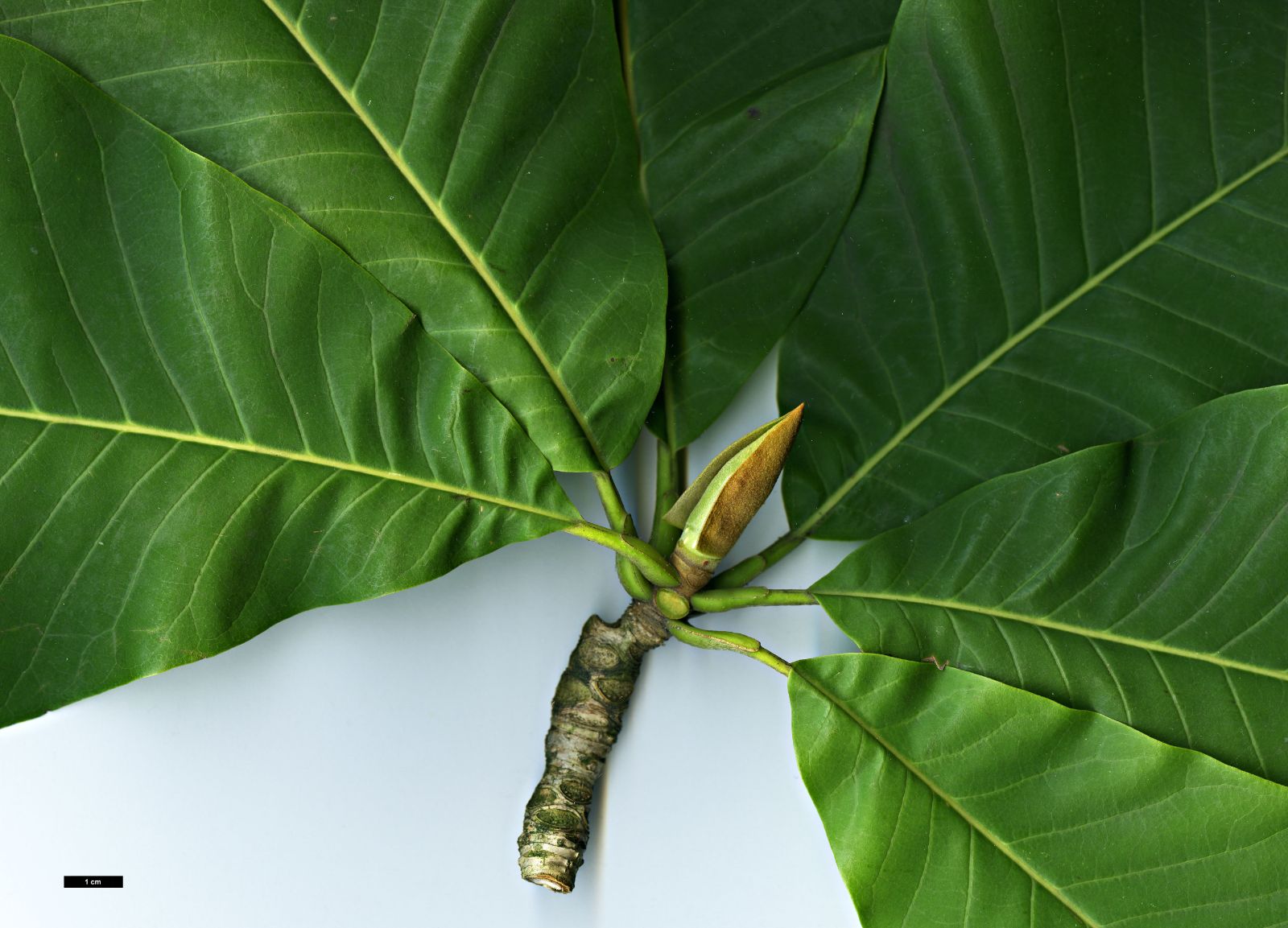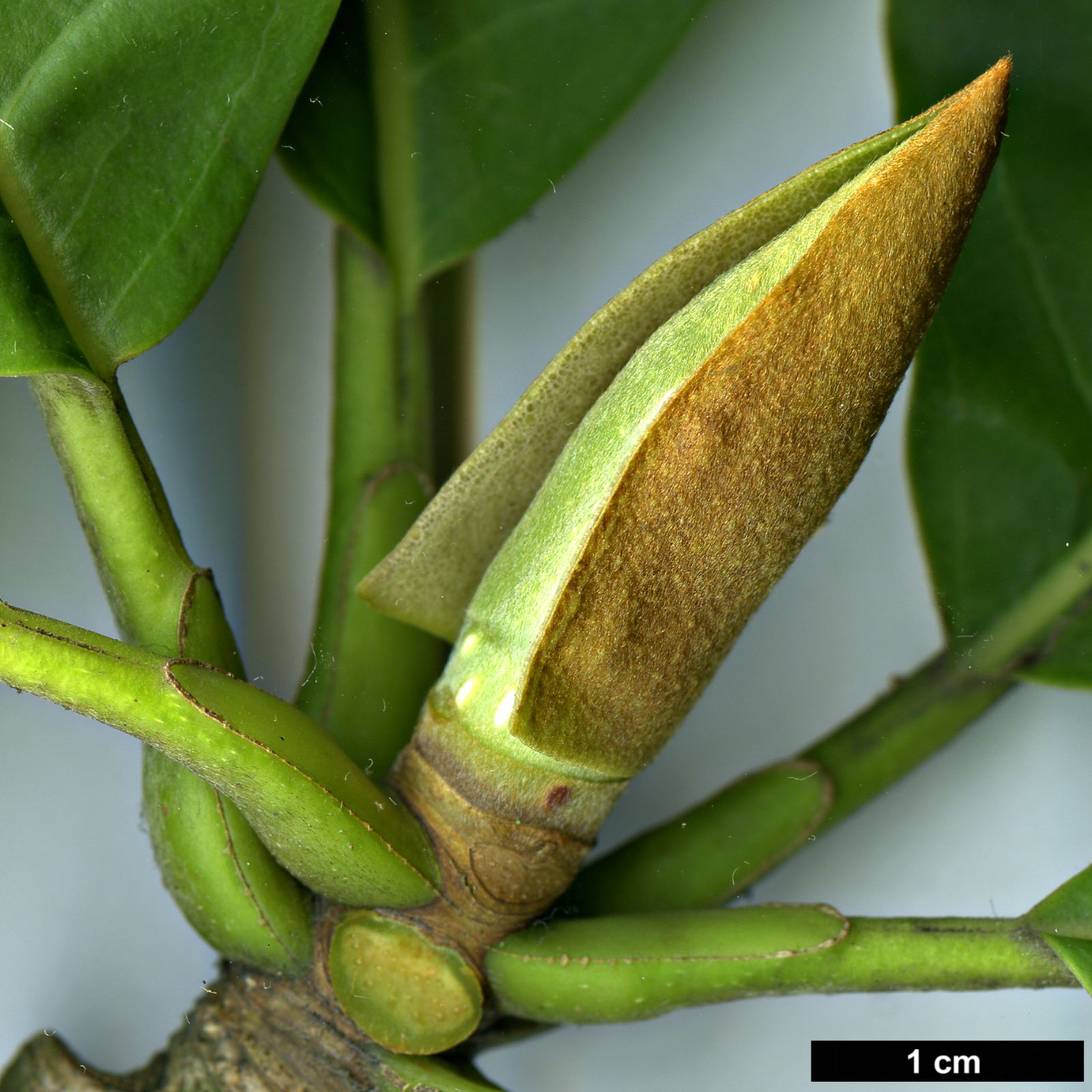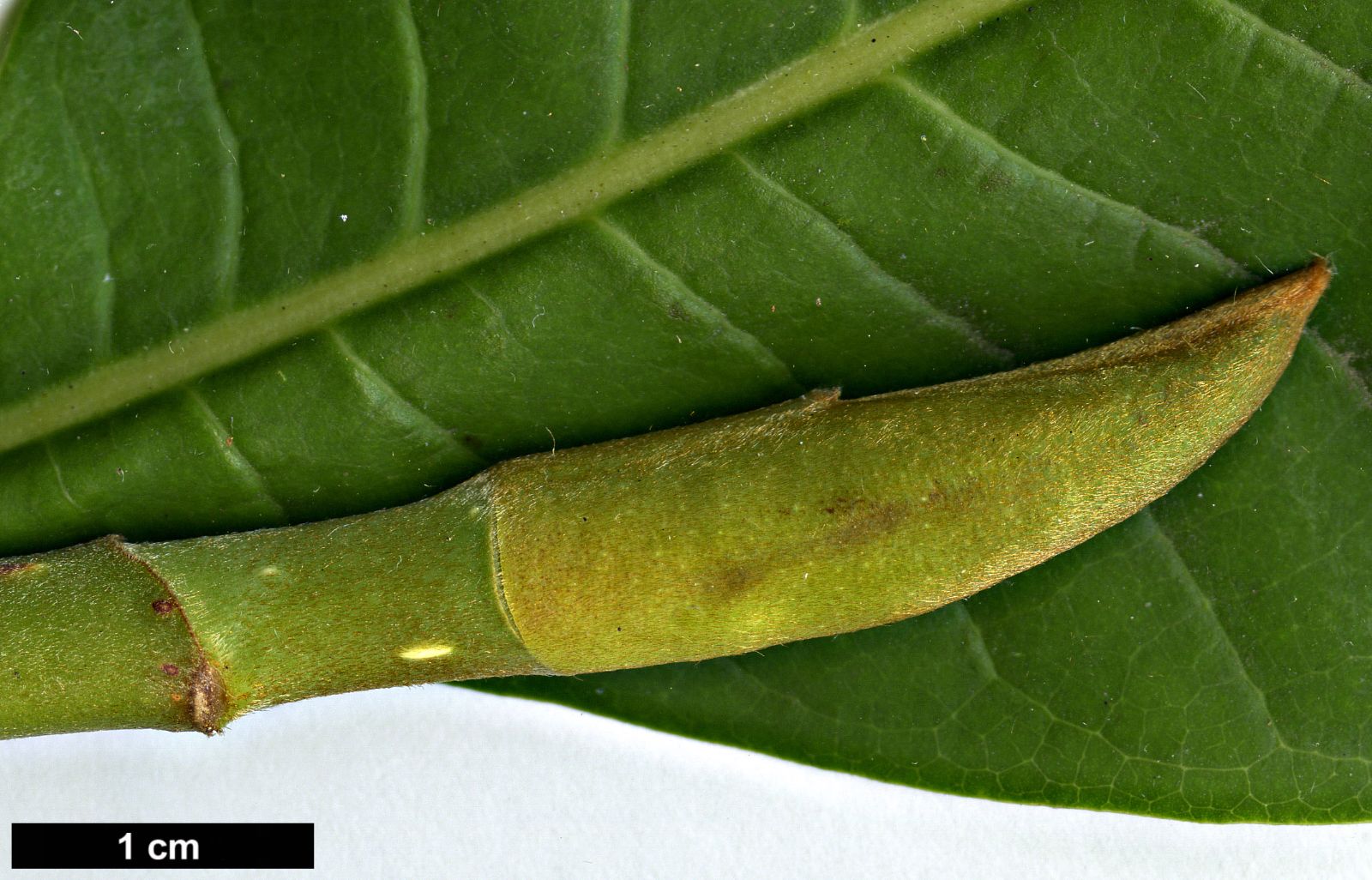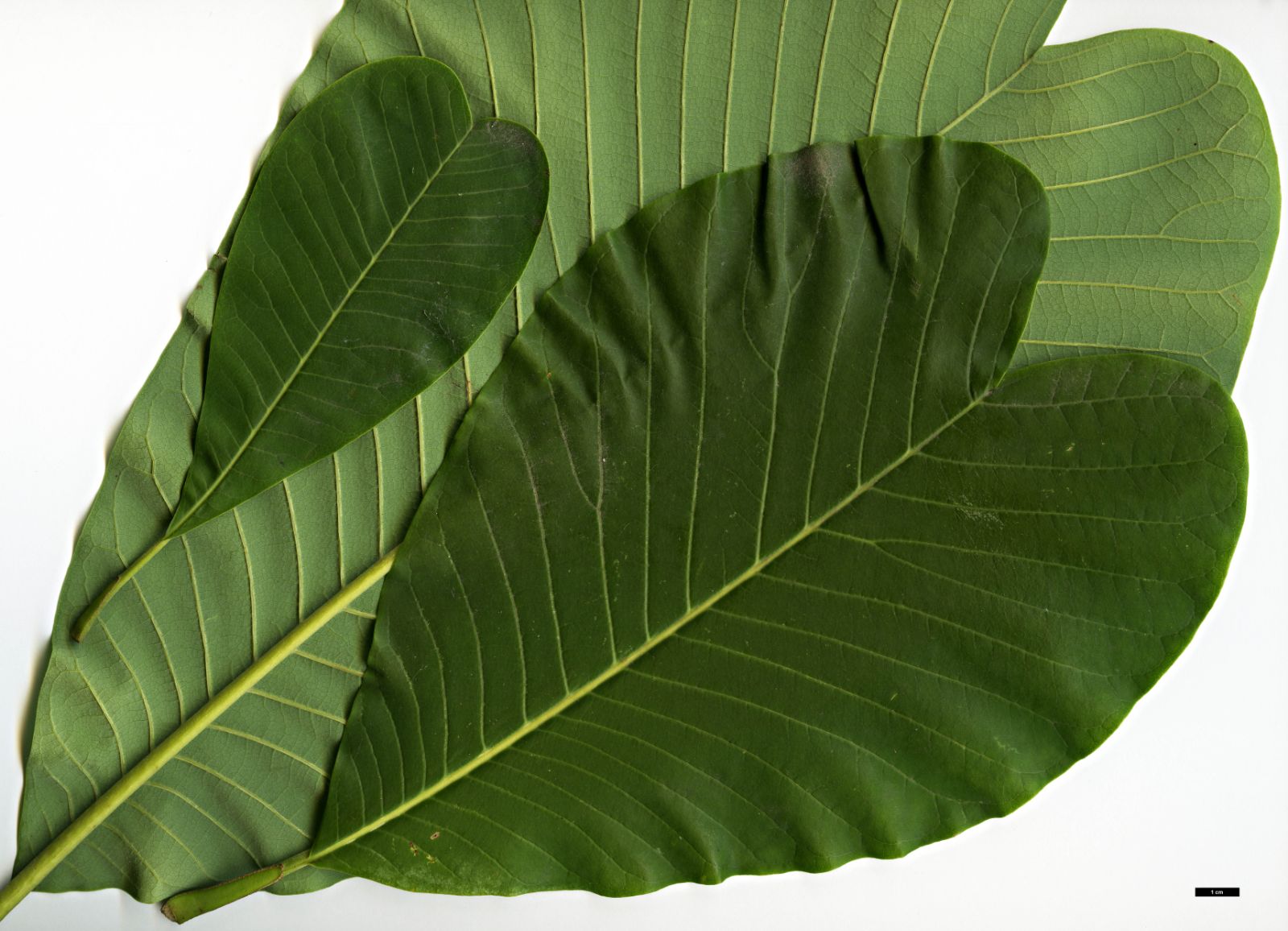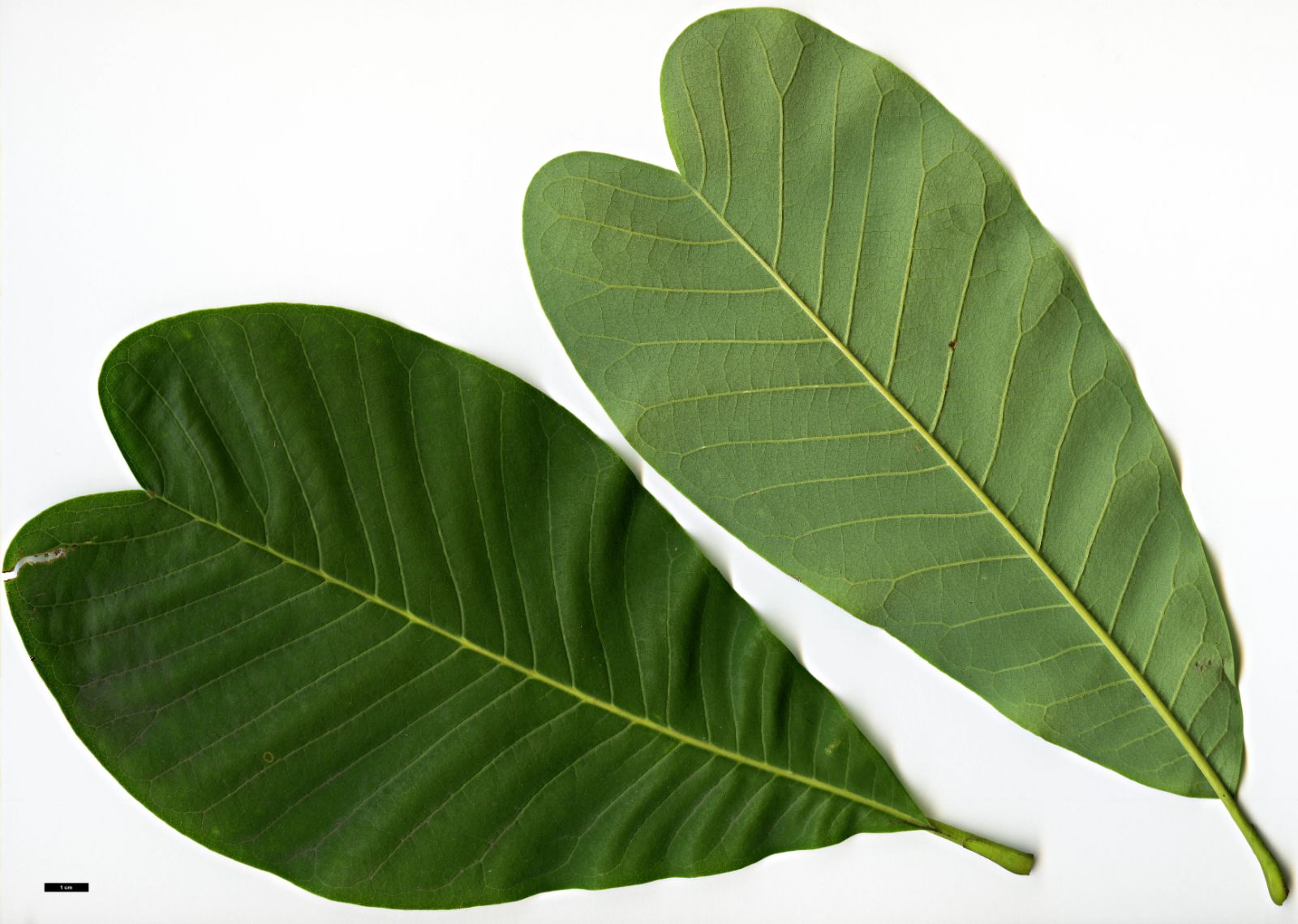Magnolia officinalis
Sponsor
Kindly sponsored by
The Roy Overland Charitable Trust

Credits
Julian Sutton (2022)
Recommended citation
Sutton, J. (2022), 'Magnolia officinalis' from the website Trees and Shrubs Online (treesandshrubsonline.
Genus
- Magnolia
- Section Rhytidospermum
Common Names
- Houpo
- Houpu
- hou po
Synonyms
- Houpoea officinalis (Rehder & E. H. Wilson) N.H. Xia & C.Y. Wu
- Magnolia hypoleuca Veitch, not Sieb. & Zucc.
Infraspecifics
Other taxa in genus
- Magnolia acuminata
- Magnolia × alba
- Magnolia amabilis
- Magnolia amoena
- Magnolia aromatica
- Magnolia biondii
- Magnolia × brooklynensis
- Magnolia campbellii
- Magnolia cathcartii
- Magnolia cavaleriei
- Magnolia caveana
- Magnolia champaca
- Magnolia changhungtana
- Magnolia chapensis
- Magnolia compressa
- Magnolia conifera
- Magnolia Cultivars A
- Magnolia Cultivars B
- Magnolia Cultivars C
- Magnolia Cultivars D
- Magnolia Cultivars E
- Magnolia Cultivars F
- Magnolia Cultivars G
- Magnolia Cultivars H–I
- Magnolia Cultivars J
- Magnolia Cultivars K
- Magnolia Cultivars L
- Magnolia Cultivars M
- Magnolia Cultivars N–O
- Magnolia Cultivars P
- Magnolia Cultivars Q–R
- Magnolia Cultivars S
- Magnolia Cultivars T
- Magnolia Cultivars U–V
- Magnolia Cultivars W–Z
- Magnolia cylindrica
- Magnolia dandyi
- Magnolia dawsoniana
- Magnolia de Vos and Kosar hybrids
- Magnolia decidua
- Magnolia delavayi
- Magnolia denudata
- Magnolia doltsopa
- Magnolia duclouxii
- Magnolia ernestii
- Magnolia figo
- Magnolia floribunda
- Magnolia × foggii
- Magnolia fordiana
- Magnolia foveolata
- Magnolia fraseri
- Magnolia fulva
- Magnolia globosa
- Magnolia × gotoburgensis
- Magnolia grandiflora
- Magnolia grandis
- Magnolia Gresham hybrids
- Magnolia guangdongensis
- Magnolia hookeri
- Magnolia insignis
- Magnolia Jury hybrids
- Magnolia × kewensis
- Magnolia kobus
- Magnolia kwangtungensis
- Magnolia laevifolia
- Magnolia lanuginosa
- Magnolia leveilleana
- Magnolia liliiflora
- Magnolia × loebneri
- Magnolia lotungensis
- Magnolia macclurei
- Magnolia macrophylla
- Magnolia martini
- Magnolia maudiae
- Magnolia nitida
- Magnolia obovata
- Magnolia opipara
- Magnolia × proctoriana
- Magnolia × pruhoniciana
- Magnolia rostrata
- Magnolia salicifolia
- Magnolia sapaensis
- Magnolia sargentiana
- Magnolia sieboldii
- Magnolia sinensis
- Magnolia sinica
- Magnolia sinostellata
- Magnolia × soulangeana
- Magnolia sprengeri
- Magnolia stellata
- Magnolia tamaulipana
- Magnolia × thomsoniana
- Magnolia tripetala
- Magnolia × veitchii
- Magnolia virginiana
- Magnolia × wieseneri
- Magnolia wilsonii
- Magnolia xinganensis
- Magnolia yunnanensis
- Magnolia yuyuanensis
- Magnolia zenii
Deciduous tree to 20 m. Bark brown, thick, not fissured. Branchlets thick and strong, yellowish, silky-hairy at first; terminal buds ovoid-conical, large, glabrous. Leaves 7–9 clustered at branchlet apex. Leaf blade oblong-obovate, 22–45 × 10–24 cm, somewhat leathery; lower surface glaucous, with long grey hairs; upper surface green, glabrous; base cuneate; apex shortly acute, obtuse, notched, or sometimes 2-lobed; margin entire or slightly wavy. Petiole thick and strong, 2.5–4 cm; stipular scar ~⅔ as long as petiole. Peduncle short and thick, with long hairs; bract scar ~1 cm basal to tepals. Flowers 10–15 cm across, fragrant. Tepals 9–12(–17), white, thickly fleshy; outer 3 tepals pale green, oblong-obovate, 8–10 × 4–5 cm, usually reflexed at anthesis; tepals of inner 2 whorls obovate to spoon-shaped, 8–8.5 × 3–4.5 cm, base clawed; inner tepals 7–8.5 cm, erect at anthesis. Stamens numerous, 2–3 cm; filaments red, 4–12 mm; anthers 1.2–1.5 cm, dehiscing introrsely. Gynoecium ellipsoid-ovoid, 2.5–3 cm. Fruit ellipsoid-ovoid, 9–15 cm; mature carpels with a 3–4 mm beak. Seeds triangular-obovoid, ~1 cm. Flowering May-June, fr. August-October (China). Diploid 2n=38. (Xia, Liu & Nooteboom 2008; IUCN 2021).
Distribution China Anhui, Fujian, Gansu (?cult.), Guangdong (?cult.), Guangxi, Guizhou, Henan, Hubei, Hunan, Jiangxi, Shaanxi, Sichuan, Zhejiang
Habitat Forests; 300–2000 m.
USDA Hardiness Zone 6-9
RHS Hardiness Rating H5
Conservation status Endangered (EN)
This fast growing tree is grown for its papery textured, large rather than huge leaves, and impressive (if rather sparse), wintergreen scented, creamy white flowers on leafy shoots in early summer.
Magnolia officinalis quite closely resembles its East Asian relatives in Section Rhytidospermum M. obovata and M. rostrata, sharing with them the habit of making false whorls at the ends of long shoots. It differs from M. obovata in its grey rather than purple-tinted young bark, in the leaf underside being greyish green with grey hairs on the main veins rather than glaucous and bloomy, and in its somewhat smaller flowers and fruits; from M. rostrata in the hairs on the main veins beneath being grey rather than rufous, and in its stronger fragrance; and from both in its hairy vegetative buds. The American M. tripetala is usually a smaller, more shrubby plant with considerably larger leaves, and unpleasantly smelling flowers.
Long known in China, it was described scientifically by Rehder and Wilson (in Sargent 1913) from specimens collected in Sichuan by Augustine Henry, 1865, and by Ernest Wilson in Hupei, 1900 and 1907. The specific epithet is one used to denote medicinal plants (literally ‘belonging to an officina’, the dispensary of a mediaeval monastery). Flower buds are used in traditional Chinese medicine to treat sinusitis, while a bark decoction is used against diverse problems from asthma to gastrointestinal issues, headache and depression (Poivre & Duez 2017). While the bark contains a bewildering array of pharmacologically active substances, a coherent picture of which are important, and by what mechanisms, is still lacking. More recently, magnolia bark extracts have found their way into dietary supplements and cosmetics (Poivre & Duez 2017). Most is now obtained from cultivated trees, but historical bark-stripping of wild trees, from which they do not recover, contributed to its current endangered status (IUCN 2021).
An upright tree, it can put on up to 50 cm of growth per year in favourable sites. As for M. obovata, a fertile, moisture-retentive, acidic soil in a sunny position with shelter from strong winds is the ideal. While creamy white tepals are the norm, pink-flowered trees have occasionally been noted in cultivation (Treseder 1978). The fruits are bright red, but quickly turn brown.
The Houpo entered Western cultivation through Wilson’s collections. W 652 of 1907 for the Arnold Arboretum was certainly important, but seed was also sent to the Veitch Nursery in 1900 (Wilson for Veitch 877). While the 1900 seeds grew, they were initially not valued by Veitch, thinking them conspecific with M. obovata, so few were saved (Howard 1980).
Savage (1980) was unable to trace any original trees from either Wilson collection in Britain. McDaniel (1980) suggested that some second-generation British trees might be hybrids with M. obovata. Good specimens are scattered across the British Isles and are not confined to the milder, wetter west. Examples include trees at Borde Hill, W Sussex (16 m × 160 cm, 2015) and in a cold part of N Yorkshire in Ray Wood, Castle Howard (planted 1974, 12 m × 109 cm in 2019 – The Tree Register 2021). With all records of this and similar species, observers should confirm received identifications their own eyes!
Quite widely hardy in Western Europe, M. officinalis is recorded from many Belgian collections, as far east as Germany (Bonn University Botanic Garden 2021) and north to Gothenburg, SW Sweden (as var. biloba – Gothenburg Botanical Garden 2021).
In North America it is not commonly grown, but is recorded from larger collections on both seaboards and in the Great Lakes area (e.g. University of British Columbia 2021; Arnold Arboretum 2021; Morton Arboretum 2021). McDaniel (1980) suggested that some second-generation American trees might be hybrids with M. tripetala, while Jacobson (1996) suspected misidentification of M. obovata in some cases.
Deliberate hybrids are few; ‘Oriental Charm’ (not described here) is from a cross with M. obovata (Lobdell 2021) while an un-named experimental hybrid between M. officinalis var. biloba and M. wilsonii – pictured below – has been raised at Arboretum Wespelaar (P. de Spoelberch pers. comm. 2022).
var. biloba Rehd. & Wils
Plants with leaves deeply and conspicuously notched at the apex are often placed here. There is nothing else to support its varietal status; recent botanists have been divided, Chen & Nooteboom (1993) and Xia, Liu & Nooteboom (2008) rejecting it, but Plants of the World Online (Royal Botanic Gardens, Kew 2021) and (tentatively) Spongberg (1976) accepting it. A majority of examples in European cultivation belong here, perhaps because notched-leaved plants were raised from Lushan Botanic Garden seed by Hillier Nurseries in 1936 (Bean 1981) – one of their originals (now gone) was planted in the Valley Gardens, Windsor Great Park, where it reached 20 m × 163 by 2010 (The Tree Register 2021).

